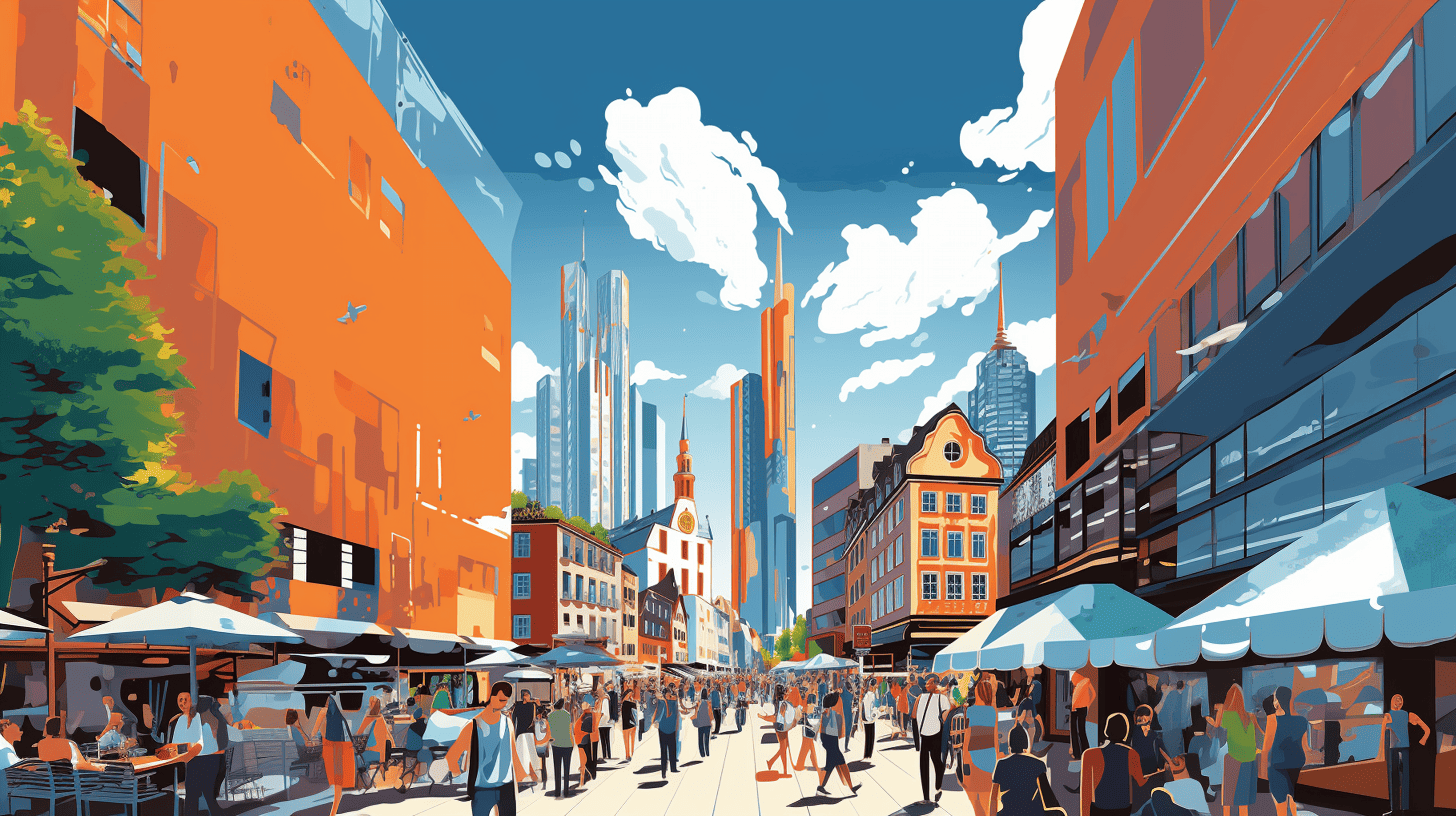
Heat has emerged as one of Europe’s greatest enemies. In the new series “Europe battling heat,” IO discovers how cities (can) arm themselves against it. Today: the innovative power of entrepreneurs.
Extreme heat has been a daily occurrence in recent weeks. Especially in densely populated areas, the temperature can rise considerably. To make living and working bearable, air conditioners are often running at full capacity. But that is not a structural solution. More greenery is a relatively easy and efficient solution to combat extreme heat. Trees and plants keep the temperature down, create natural shade, retain water, increase biodiversity, and improve the livability of a city. But how can we best go about greening? Entrepreneurs Alexander Ilsink, director and co-owner of Mobilane, and Corné van Garderen, owner of Sempergreen Group know the answer.
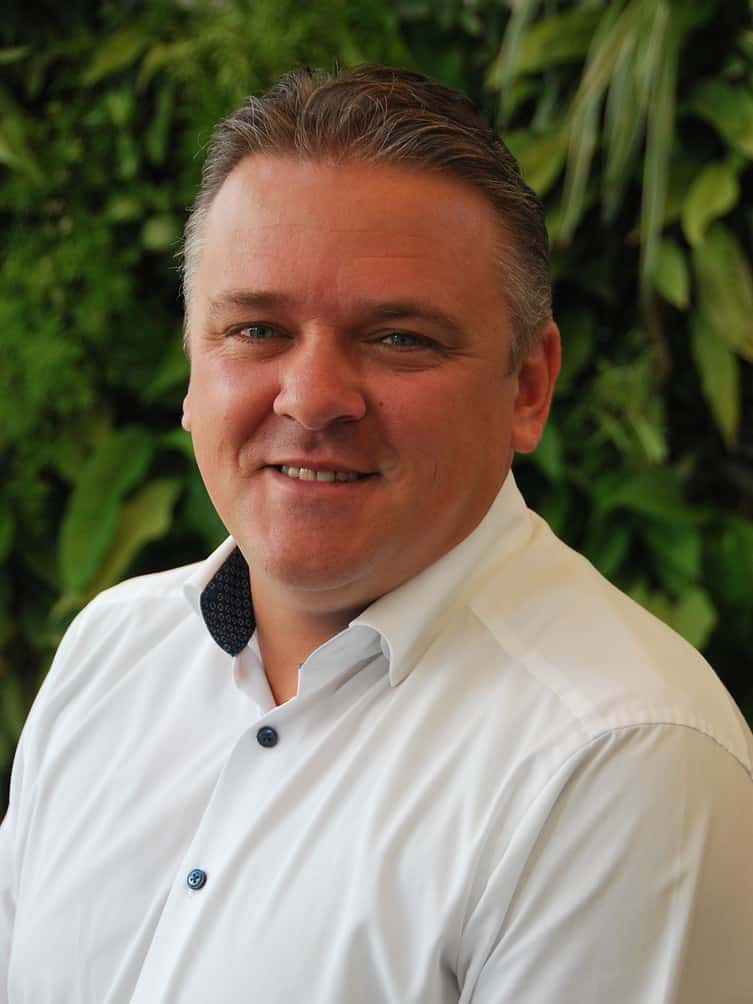
Entrepreneurship in the world of plants was something they were both brought up on. Van Garderen comes from a family of growers. His father gave him the idea at the age of eighteen to set up a new business around green roofs. Now – 27 years later – Sempergreen Group is an international company offering various green solutions.
Ilsink also grew up among greenery. His grandfather was a dendrologist, specializing in shrub innovation. He set up the Darthuizer Nursery and developed new shrubs, especially aimed at public spaces. His son – Ilsink’s father – further expanded the company with several green companies. Mobilane is one of them. The company became big with the ready-made hedge and expanded into green roofs and facades.
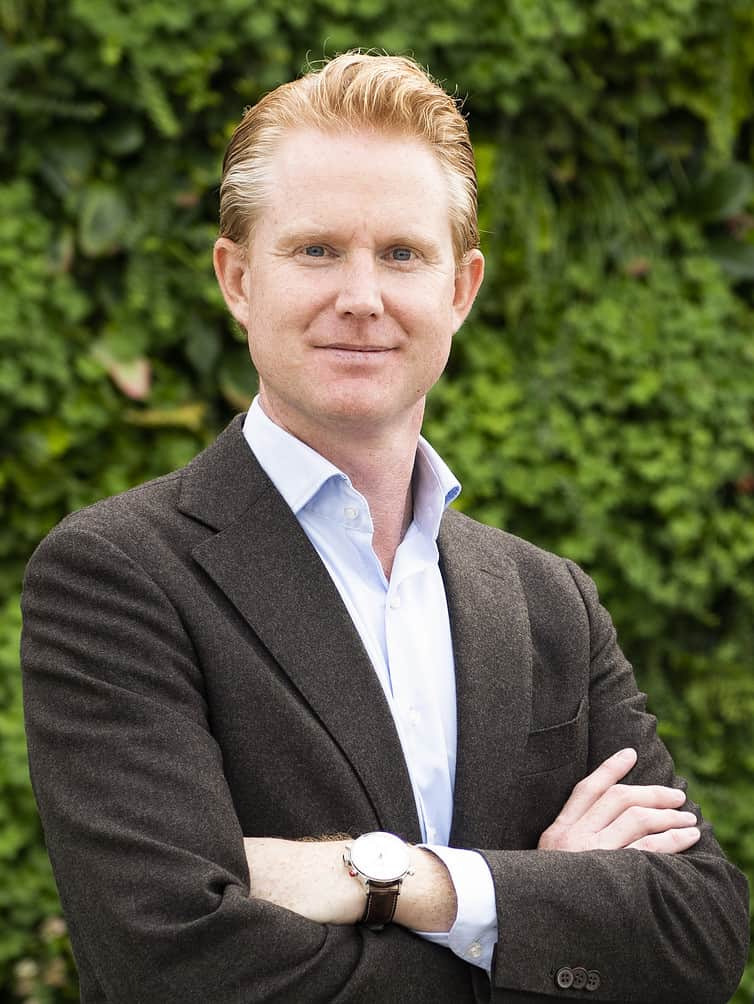
Fresh air and dry feet
Van Garderen and Ilsink have both been focusing on greening the built environment for years. They see that green roofs are being used more and more often. With a green roof, a layer of plants is placed on top of the roof covering. These are often sedum plants, possibly combined with wildflowers. How the greenery is attached to the roof varies by roof type and provider. Sedum plants – like turf – can be rolled out on a roof. Underneath is then, among other things, a layer of substrate. The sedum plants can also be contained – often already together with the substrate – in trays attached to the roof.
Various forms of green roofs can already be found on the streets, while green facades are still really emerging. For a green facade, panels are attached to the outside of a wall, along with an irrigation system to water the plants. This can hold a variety of plants, depending on a property’s environment and location.
“If we look at heat, it makes a difference of about five degrees in a street if there is more greenery,” Van Garderen says. This refers to the temperature on the street, but it’s more pleasant indoors as well with a green roof. Ilsink also sees clear benefits to more greenery. “Besides cooling, it also provides water storage. After a heavy downpour, the greenery retains the rain for a while so it drains more slowly. This reduces the peak load on drainage and can prevent flooding.”
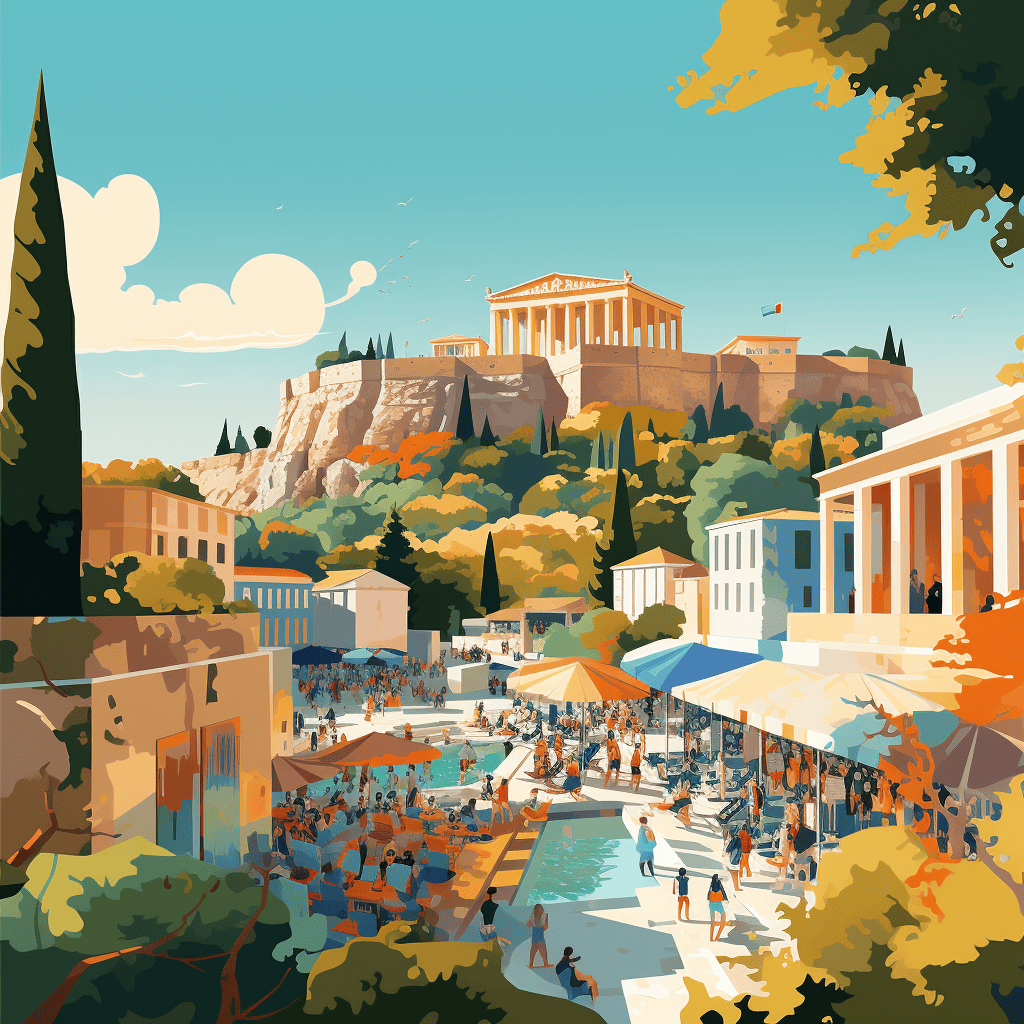
Waiting
So why don’t we see green roofs and green facades on the streets en masse yet? “Of course, the price tag comes into play. Especially in the beginning this was a major issue for many people. Now we see that the benefits increasingly outweigh the (additional) costs,” Ilsink explains. Van Garderen estimates the additional cost of a green roof on an average row house to be between three and four thousand euros compared to traditional roof tiles. The entrepreneurs see the demand for green roofs and green facades rising considerably in recent years, but people remain wait-and-see, according to them. Ilsink: “Certainly individuals are concerned about issues such as the maintenance of the system and the long-term effects.”
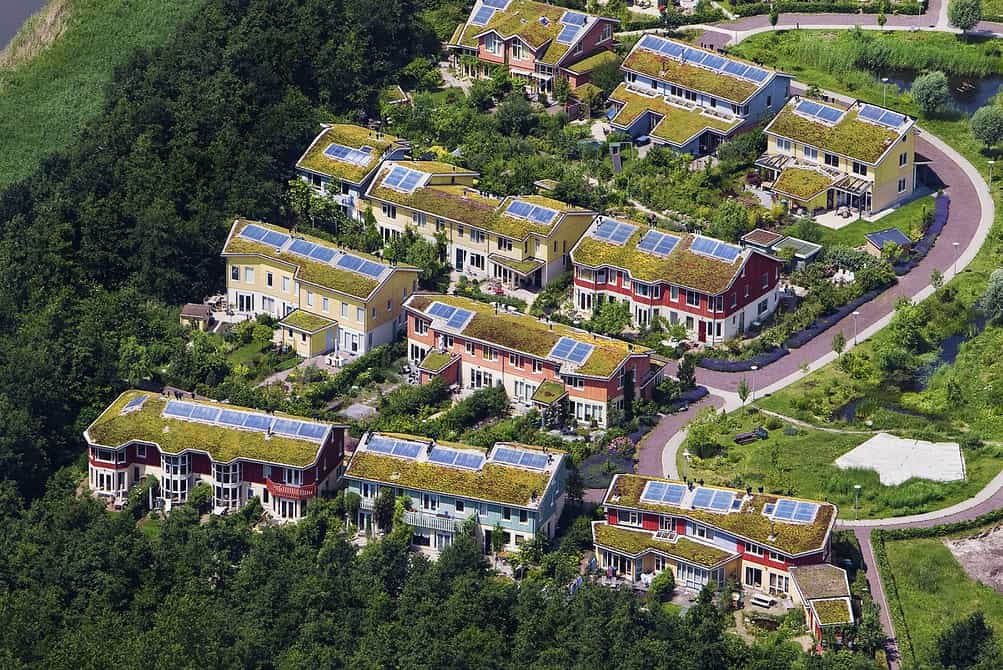
Van Garderen adds: “We’re dealing with the well-known sheep that needs to cross the fence. That is why it is important that there is a lot of attention to it and that organizations such as municipalities and housing associations take the lead.” Ilsink thinks that subsidies from the government, for example, can be a good motivation to help people to go greener. “There are already municipalities doing it, but it could be more extensive.”
Large companies can also set an example for others. Adding green roofs and green facades to large commercial buildings and distribution centers has a significant impact on the environment. Ilsink: “This year we launched the DNA InsectScan; a new and innovative way to measure the effectiveness of green facades and roofs on biodiversity. With this scan, we can see which insects have been around a green facade recently. In this way, we make the contribution to biodiversity measurable and can display this incomprehensible data. This is interesting for companies and property owners, but of course also for the users of a building. The samples are analyzed transparently and independently, so the data obtained can be used in annual reports and sustainability reports. In addition, the DNA InsectScan for green facades can make a valuable contribution to sustainability certificates.”
Different motivations, same goal
Internationally, Northwest Europe is leading the way when it comes to greening the built environment. “Each city or area has its own motivation to be green. In the Netherlands, for example around the low-lying city of Rotterdam, the focus is on water storage and drainage. While in Paris there is much more focus on biodiversity. What comes into play in all cities – except Scandinavia – is reducing heat stress,” says Van Garderen.
He explains that several German cities – including Frankfurt – require companies to (partially) equip new business premises with a green roof. “At some point, then, greening your building makes as much sense as installing doors.” It is then important to keep looking at the needs of different cities, Ilsink adds. “Climate obviously plays an important role in choosing greenery. And sometimes there are big challenges in that. In New York, for example, it’s very cold in the winter and very hot in the summer. That makes it difficult to keep the plants in a green facade alive then. But there are possibilities, for example through smart solutions in the system, the right plants, and possibly alternatives.”
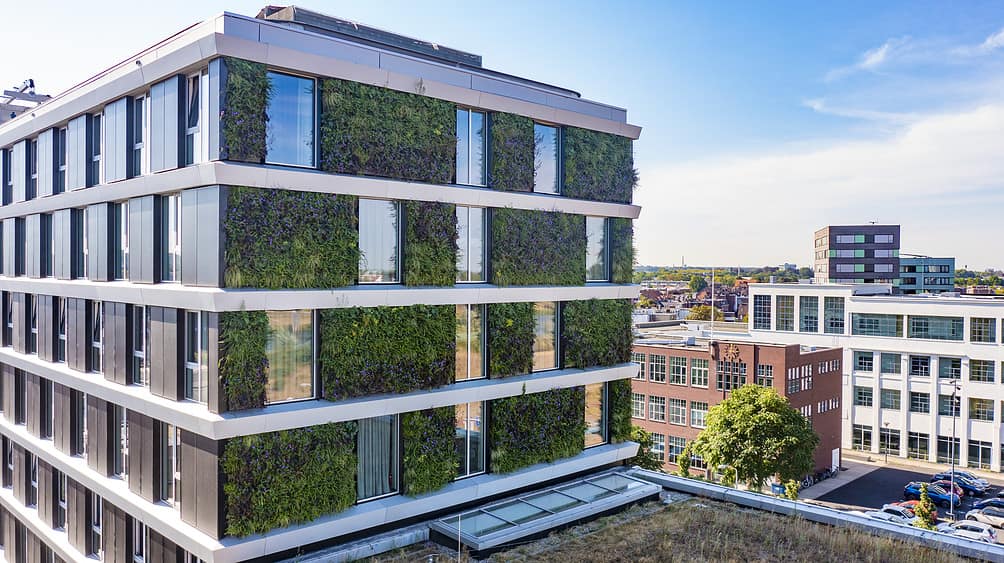
Replacing asphalt
Both Sempergreen Group and Mobilane have seen strong growth in demand for green solutions. For example, Van Garderen is developing and implementing a green replacement for asphalt. “In Poland, we replaced the asphalt of the tramway with green. This would also be a good way for many other European cities to replace asphalt, which heats up quickly and stays hot for a long time. Such a solution could also work in parking lots.”
Ilsink also continues to develop innovative green systems and demonstrate their positive effects. “Green is essential for a climate-resilient future. This is especially important to us as a family business. Only by building and living with a strong focus on integrating nature can we help restore the valuable aspects of the natural ecosystem. Preserving existing natural areas is no longer sufficient; we must make an effort to create more nature. Urban areas offer new opportunities and possibilities to make this happen.”

